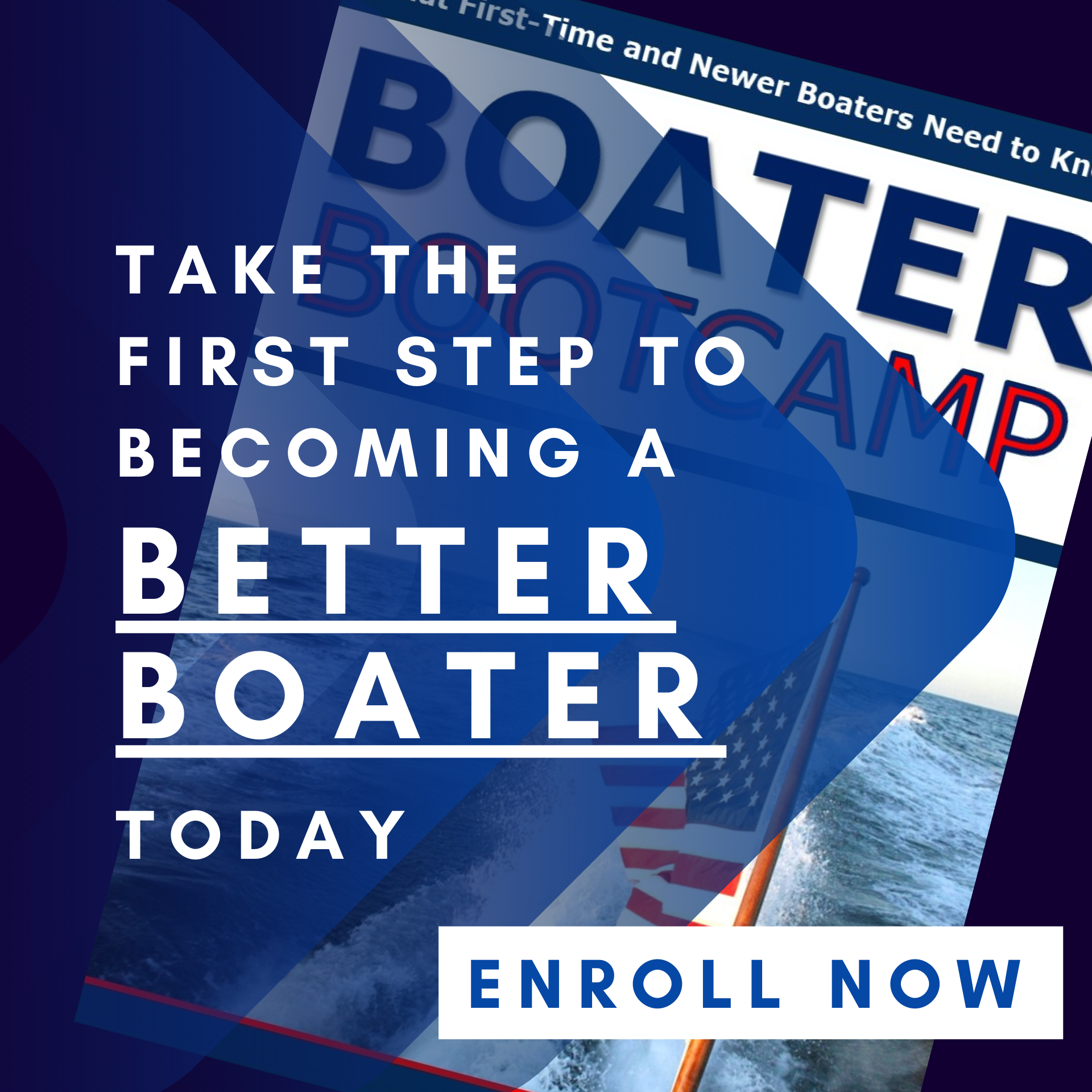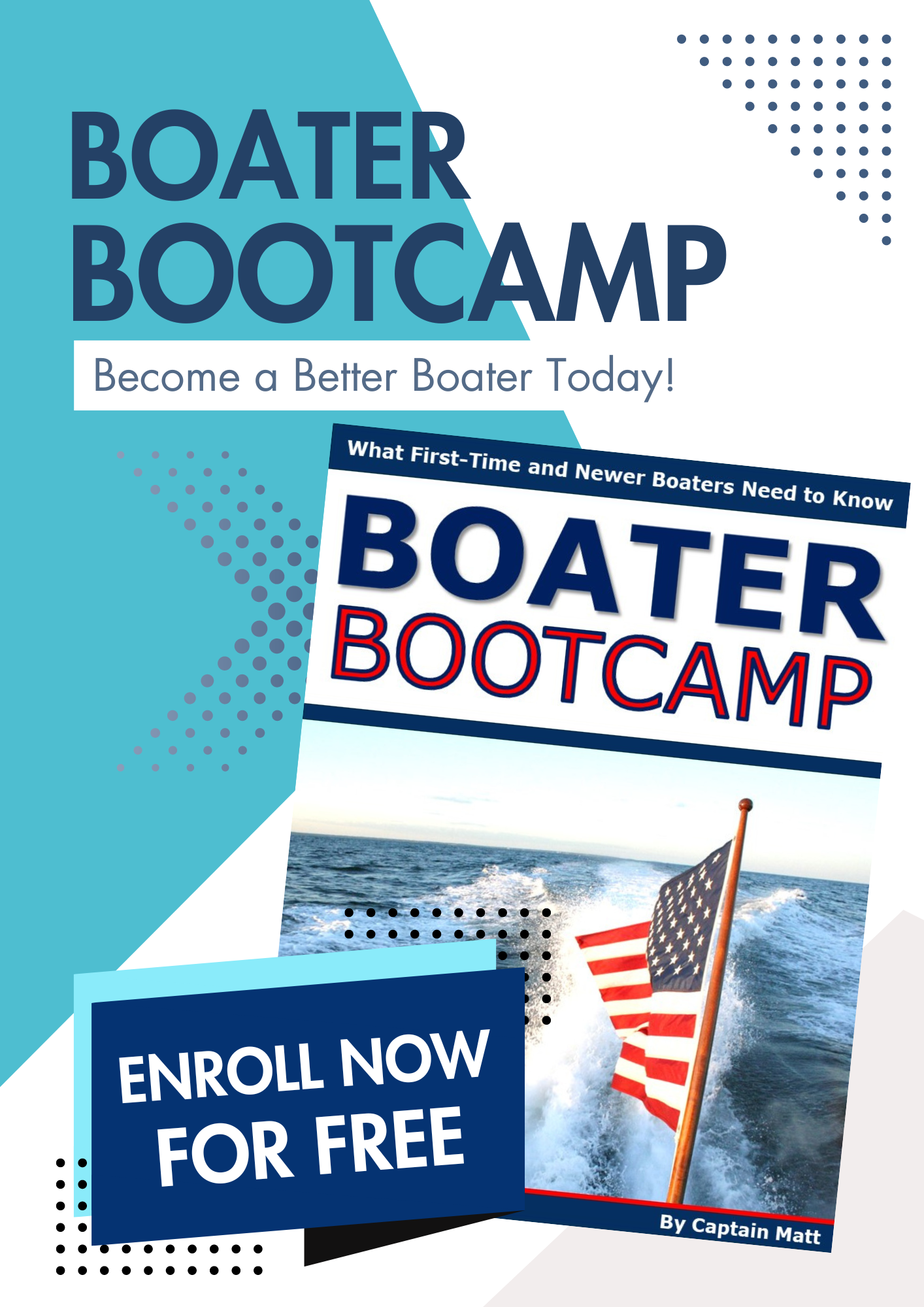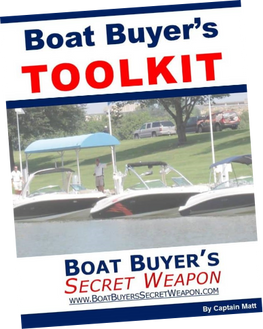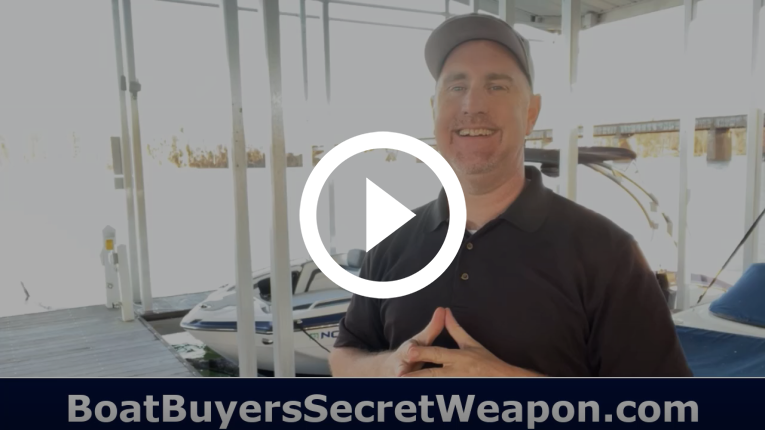Welcome to the World of Cruisers
Cruisers are often referred to as “condos on the water” for their spacious interiors and amenities. Ranging from 24 to 50 feet, these versatile boats are perfect for entertaining, overnighting, and even liveaboard lifestyles. But buying a used cruiser requires a keen eye and a thorough inspection to avoid costly mistakes.
This guide will help you:
- Understand the features and options in used cruisers.
- Inspect critical systems before buying.
- Make informed decisions on financing, insurance, and maintenance.
What Makes Cruisers Special?
Cruisers are designed for comfort and utility, offering features like:
- Sleeping Quarters: V-berths, aft cabins, and convertible dinettes.
- Galleys: Compact kitchens with refrigerators, microwaves, and stoves.
- Heads: Full bathrooms, often with showers.
- Entertainment Spaces: Spacious cockpits and salons for gatherings.
Benefits of Owning a Cruiser:
- Perfect for extended trips or weekends on the water.
- Amenities like air conditioning and generators for comfort.
- Ideal for families and entertaining friends.
📘 Want to Get It Right? Download our Boat Buyer’s Toolkit to find your perfect cruiser at the best price.
Suggested Image:
A family relaxing on the deck of a cruiser, with text overlay: "Your home away from home on the water."
Key Decisions: Size, Engines, and Features
- What Size Cruiser Is Right for You?
- 24–28 Feet: Ideal for day trips and occasional overnight stays.
- 30–40 Feet: Offers more amenities like multiple sleeping areas and galleys.
- 40–50 Feet: Luxurious liveaboard options with diesel engines and high-end finishes.
Pro Tip: Consider storage and docking requirements before choosing a size.
- Single Engine vs. Twin Engines
- Single Engine: Found in cruisers up to ~30 feet. Easier and cheaper to maintain.
- Twin Engines: Common in larger boats for better maneuverability and redundancy.
Suggested Image:
A diagram comparing single and twin-engine setups, highlighting maintenance and fuel efficiency differences.
- Gas vs. Diesel Engines
- Gas Engines: Lower upfront costs, shorter lifespan (~1,500 hours).
- Diesel Engines: More expensive initially but last longer (~10,000+ hours) and cost less to maintain.
Consider This: Check diesel availability in your boating area before deciding.
Inspection Checklist: What to Look For in a Used Cruiser
- Structural Integrity
- Inspect the hull for cracks, blisters, or signs of repair.
- Check the deck for soft spots or delamination.
- Engines and Propulsion
- Test engine performance, cold start reliability, and throttle response.
- Inspect stern drives, V-drives, or pod systems for corrosion or damage.
Pro Tip: A compression test on the engine cylinders can reveal hidden issues.
- Critical Systems
- Generator: Test under load and verify maintenance history.
- Air Conditioning: Run on both shore power and the generator.
- Electrical Panel: Understand how it switches between shore and generator power.
Suggested Image:
A labeled photo of a cruiser’s electrical panel, showing the switch for generator power.
- Galley and Plumbing
- Operate all appliances (fridge, microwave, stove).
- Inspect the freshwater tank for algae or buildup.
- Check for leaks in sinks and faucets.
- Head (Bathroom)
- Test the toilet’s vacuum or flushing system.
- Ensure the shower drains properly and pumps are functional.
- Inspect waste and gray water tanks for leaks or odors.
- Sleeping Quarters and Storage
- Test all convertible beds and seating setups.
- Evaluate storage space for gear, clothing, and food.
Pro Tip: Spend time in the cabin to ensure it meets your needs for overnight stays.
🛠️ Stay Organized: Download the Boat Buyer’s Toolkit for a complete pre-purchase checklist.
Test Driving a Used Cruiser
A water test is essential to evaluate:
- Ride Quality: How does the boat handle at low speeds and on plane?
- Engine Syncing: Ensure twin engines run at the same RPM without vibrations.
- Maneuverability: Test docking, turning, and reverse operations.
Suggested Image:
A potential buyer on a cruiser test drive, with a caption: "Feel the difference before you buy."
Financing and Insurance for Used Cruisers
Financing Tips:
- Marine Lenders: Specialize in boat loans with flexible terms.
- Credit Unions: Often offer competitive rates for used boats.
- Local Banks: May have limited options for specialized marine financing.
Insurance Costs:
- Based on boat size, location, and usage. Expect $1,000–$4,500/year for most cruisers.
Pro Tip: Premiums are higher for boats stored in hurricane zones or saltwater.
Why You Need a Survey
Hiring a surveyor is critical for larger, more complex boats like cruisers. A survey covers:
- Hull integrity and structural issues.
- System functionality (e.g., AC, generator, electronics).
- Overall valuation for financing and insurance purposes.
📘 Be Prepared: Use the Boat Buyer’s Toolkit to find a qualified surveyor and avoid costly surprises.
Conclusion: Find the Cruiser That’s Right for You
Buying a used cruiser can be a rewarding experience when you know what to look for. By understanding your needs, thoroughly inspecting the boat, and consulting experts, you’ll find a cruiser that fits your lifestyle and budget.
🚤 Start Your Journey: Download the free Boat Buyer’s Toolkit for expert advice, checklists, and cost calculators.
Suggested Image:
A happy couple standing on the deck of their new cruiser, with text overlay: "Your dream boat is closer than you think—get the toolkit!"
















